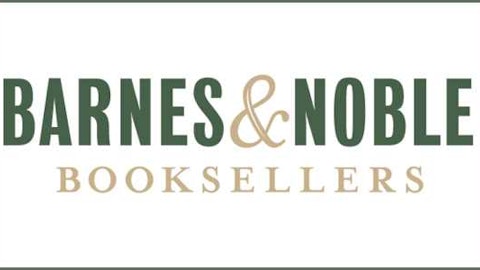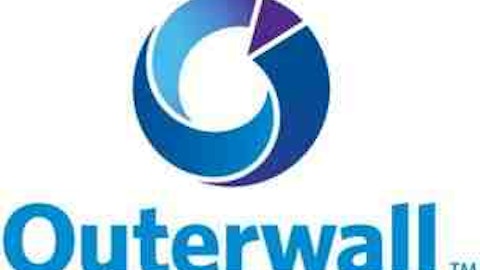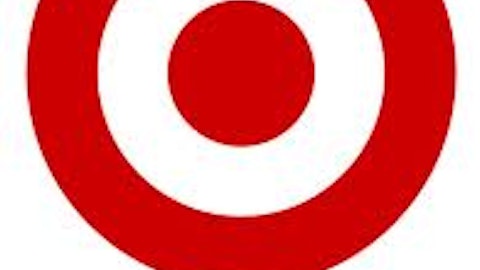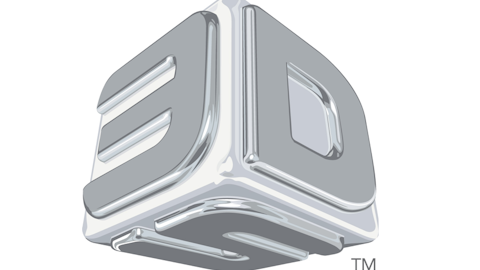The North American Commercial business actually grew during the quarter, with sales up 1.3% year-over-year. Operating income fell by 10%, although in the earnings call Sargent puts the blame on an increased sales force and marketing costs. When asked during the Q&A about the sales force increase it becomes clear that the company is anticipating picking up business as a result of the Office Depot Inc (NYSE:ODP) – OfficeMax Inc (NYSE:OMX) merger.
As the two competitors to Staples merge, the process will inevitably cause disruptions for current commercial customers, as well as deter new customers from considering the Depot-Max duo. Staples is ready to pick up this new business, but positive results from this increase in sales force are unlikely to surface in the near-term. Until then, margins will likely remain depressed.
The merger will lead to a flurry of store closings, as areas with both an OfficeMax Inc (NYSE:OMX) and an Office Depot Inc (NYSE:ODP) will likely see one of them shut its doors. While Staples has 1,500 stores in the U.S., Office Depot Inc (NYSE:ODP) and Office Max have a combined 2,000 stores, many competing with each other.
The best case scenario for Staples is if the newly-merged competitor remains weak. Both Office Depot Inc (NYSE:ODP) and Office Max recorded losses in the most recent quarter, and both companies have much less consistent profitability records than Staples. There’s no guarantee that merging two failing companies will result in a successful one, and if the combined company fails to be competitive Staples could pick up serious market share.
Office Depot Inc (NYSE:ODP) and Office Max had a combined $17.6 billion in revenue in 2012, less than Staples’ $24.4 billion. Part of this is the strength of Staples’ online business. Interestingly, Staples is the number two online retailer in the U.S. behind only Amazon. Staples sells more online than Apple and Wal-mart, which is quite an impressive feat. This is the big advantage that Staples has over its soon to be merged rival, and it’s the reason that I believe that Staples will ultimately come out on top.
A strategy emerges
In an attempt to balance the decline in demand for paper products and computers, Staples is branching out into new categories. Tablets sales are growing quickly, but the most promising step that Staples is taking is selling new product categories that commercial customers typically buy elsewhere.
One such category is facilities and breakroom supplies. This category, which includes things like snacks, beverages, small appliances, and coffee, grew by more than 20% during the second quarter. It may seem strange that Staples is selling food and drink, but this is part of a strategy to sell to commercial customers related items that they currently buy elsewhere. Instead of buying office supplies from Staples and breakroom supplies from another company, customers can now buy both from Staples. As it expands its online offerings to 300,000 items this year, Staples is trying to become the one-stop shop for everything a business might need.
Although the retail picture looks bleak in the near term, the steps that Staples is taking are encouraging. Staples has been testing a new, smaller store size, and so far 8 locations have been downsized. Sargent stated in the conference call that a majority of these new stores are retaining more than 95% of their previous sales, and with lower fixed costs this should lead to higher margins. More downsizing is being planned, with 30-40 smaller stores in the pipeline, and if the initial success can be replicated the retail business could eventually see a boost in profitability.
The bottom line
Staples now trades at about 11.5 times the high-end of its full year earnings estimate, and while the short-term situation is not ideal, a long-term strategy is beginning to emerge. Online sales are rising as new products are introduced, costs are being cut on the retail side as stores are downsized, and commercial customers are buying related items like breakroom supplies. As this is occurring Staples is still generating plenty of profits, which it’s using to not only invest in new initiatives but also to buy back shares and pay a 3.36% dividend. I own shares of Staples, and I’m holding on to them. The current transition being undertaken is painful, but I believe that in the long-term it will pay off.
The article A Tough Quarter For This Office Supply Company originally appeared on Fool.com and is written by Timothy Green.
Timothy Green owns shares of Staples. The Motley Fool owns shares of Staples.
Copyright © 1995 – 2013 The Motley Fool, LLC. All rights reserved. The Motley Fool has a disclosure policy.





